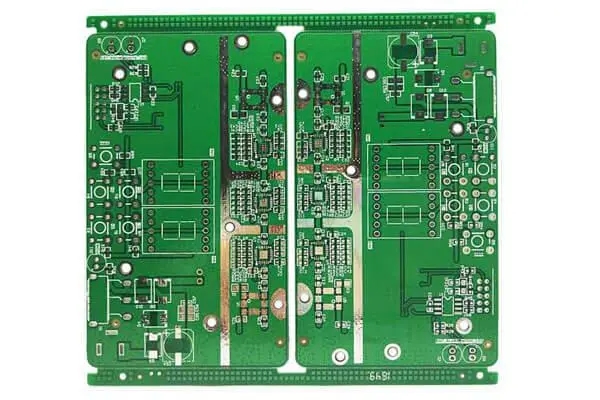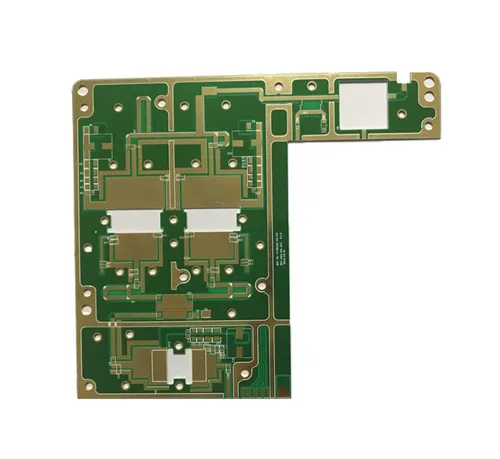
What are the factors influencing the soldering quality of PCB factory boards
The circuit board manufacturer, circuit board designer and PCBA manufacturer explain to you what factors affect the quality of board soldering in the circuit board factory
According to the number of layers, PCB can be divided into single panel, double panel, and multi-layer PCB.
First is the single panel. On the most basic PCB, parts are concentrated on one side and wires are concentrated on the other side. Because wires only appear on one side, this PCB is called single-sided circuit board. Single panel is usually simple to make and low in cost, but its disadvantage is that it cannot be applied to too complex products.
Double panel is an extension of single panel. When single-layer wiring cannot meet the needs of electronic products, double-sided panel will be used. Both sides are copper coated and wired, and the line between the two layers can be conducted through the via to form the required network connection.
The circuit board must be used in electronic products. The tin plate in the circuit board factory is also a process selected by most users. The following section of the circuit board factory will analyze the conditions of the circuit board tin plate welding technology:

The quality of soldering mainly depends on the ability of the solder to wet the surface of the weldment, that is, the wettability and weldability of the two metal materials. If the weldment has poor weldability, it is impossible to weld qualified solder joints. Solderability refers to the ability of weldment and solder to form a good combination under the action of appropriate temperature and flux.
Welding time: refers to the time required for physical and chemical changes in the welding process, including the time when the weldment reaches the welding temperature, the melting time of solder, the time when the flux plays its role and forms metal alloy. The welding time of PCB should be appropriate. If it is too long, the welding parts and components are easy to be damaged. If it is too short, the requirements cannot be met.
There are many kinds of fluxes, and their effects are different. Different fluxes should be selected according to different welding processes and materials of weldments. If the amount of flux is too much, the residual side effects of the flux will also increase. The amount of flux is too small, and the effect of flux is poor. Rosin flux is usually used for welding electronic products. Rosin flux is non corrosive, removes oxidation, enhances the fluidity of solder, helps to wet the welding surface, and makes the solder joints bright and beautiful.
Heat energy is an indispensable condition for welding. In tin soldering, the role of thermal energy is to make the solder diffuse to the element and make the temperature of the weldment rise to the appropriate welding temperature, so as to generate metal alloy with the solder.
In order to achieve a good combination of solder and weldment, the surface of weldment must be kept clean. Even for weldments with good weldability, if there is oxide layer, dust and oil stain on the surface of weldments. The staff of the circuit board factory must clean up before welding, otherwise the formation of the alloy layer around the weldment will be affected and the welding quality cannot be guaranteed. PCB manufacturers, PCB designers and PCBA processors will explain to you what factors affect the quality of PCB soldering in PCB manufacturers.









